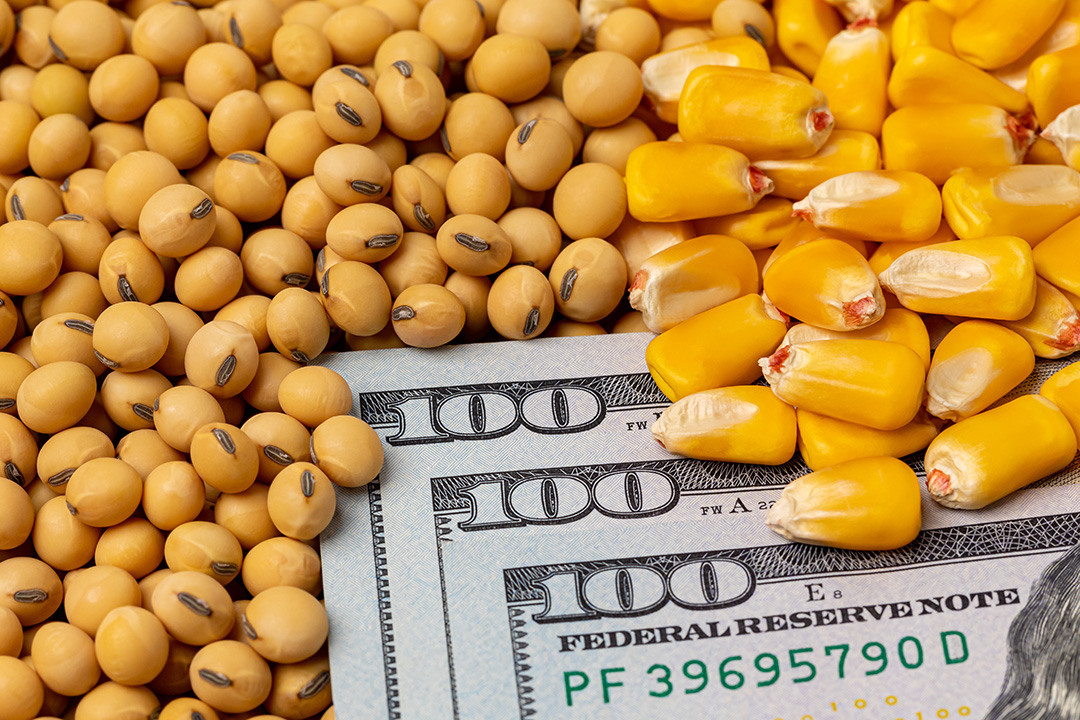Navigating a Top 10 Commodity Trade Deal
Welcome to our first blog post at the new CommodityTrader.com! Today, we’re diving into the exhilarating world of high-stakes commodity trading. We’ll walk through the process of landing a significant commodity trade deal – specifically, a large monthly contract spanning 12 months. Let’s explore the steps, strategies, and real-life examples that illuminate the path to closing such a significant agreement.
Understanding the Scope
Before anything else, it’s crucial to understand the magnitude of a top 10 commodity trade deal. We’re talking about commodities like crude oil, gold, soybeans, or copper – assets that form the backbone of global trade. Securing a 12-month contract not only requires astute market knowledge but also a deep understanding of global economic trends.
Step 1: Market Research and Analysis
The first step is exhaustive market research. For instance, if you’re dealing with crude oil, understanding OPEC’s policies, production levels, and global demand forecasts is vital. Historical data analysis can reveal patterns and trends, aiding in accurate forecasting.
Example:
In 2021, a major trading firm anticipated a rise in copper prices due to increasing demand in the renewable energy sector. Their early positioning allowed them to secure favourable terms in a year-long contract.
Step 2: Building Relationships and Networking
Commodity trading thrives on relationships. Networking with producers, consumers, and intermediaries opens up opportunities and provides insights into market sentiments.
Example:
A U.S.-based trader expanded their network in the Brazilian soybean market. This connection proved invaluable in understanding local production issues, leading to a lucrative soybean export deal.
Step 3: Risk Assessment and Management
Every major deal carries risk. Understanding and managing these risks, like price volatility or geopolitical issues, is crucial. Tools like futures contracts and options can hedge against unforeseen market fluctuations.
Example:
In a large gold trading deal, the trader used futures contracts to hedge against market volatility, ensuring stable prices throughout the contract duration.
Step 4: Negotiation and Deal Structuring
Negotiation is where the deal takes shape. It’s about finding a win-win situation. Deal structuring might involve complex terms like pricing models, delivery schedules, and payment terms.
Example:
In a major LNG deal, the trader negotiated a pricing model linked to a basket of crude oil indices, ensuring a fair pricing mechanism for both parties.
Step 5: Legal and Compliance
Ensuring the deal complies with international trade laws and regulations is non-negotiable. This step often involves legal teams and can include drafting contracts, getting approvals, and ensuring ethical sourcing.
Example:
A major iron ore deal between Australia and China required thorough compliance with both countries’ export and import regulations.
Step 6: Execution and Relationship Management
After closing the deal, the focus shifts to execution. This involves logistics, quality control, and maintaining a good relationship with the counterparty.
Example:
A multi-million dollar wheat deal with a Middle Eastern country required meticulous logistical planning to ensure timely monthly deliveries.
Conclusion
Landing a significant commodity trade deal involves a blend of market intelligence, relationship management, strategic negotiation, and rigorous compliance. It’s a challenging yet rewarding endeavour that can significantly impact both the trader’s and the client’s bottom line. In the dynamic world of commodity trading, staying informed, adaptable, and connected is key to success.
At CommodityTrader.com, we provide the tools, insights, and support to help you navigate these complex waters. Whether you’re eyeing your first big deal or looking to expand your portfolio, we’re here to guide you every step of the way.


Leave a Reply